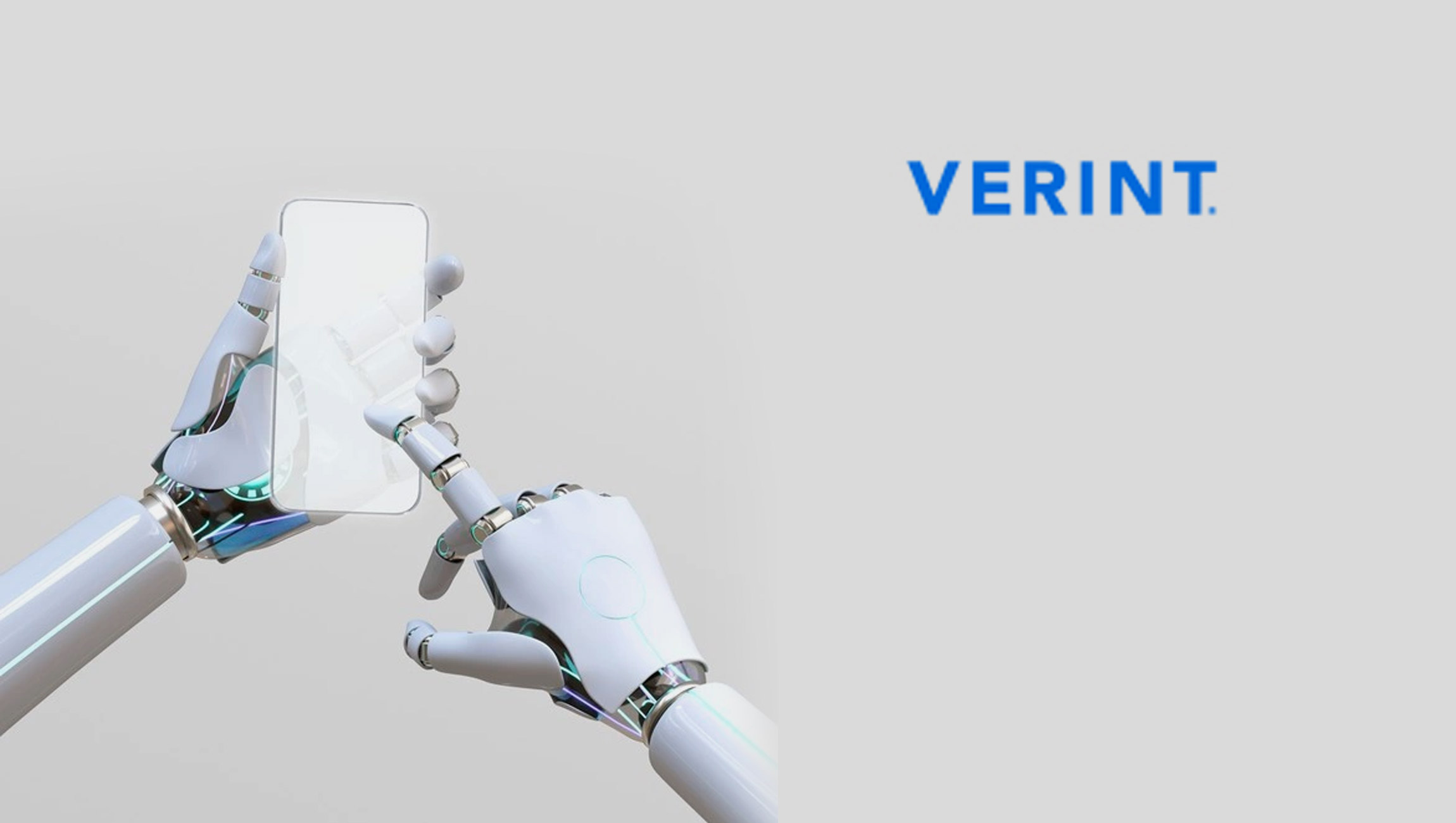Consumer Expectations Are Fueling the Next Generation of Chatbots that Are More Intelligent, Personalized and Supremely Effective in Working as Directed
Despite the growing prevalence of chatbots in the customer service realm, consumers aren’t sold on their efficacy, and many find chatbot experiences flat-out frustrating. These are some of the findings of an independent third-party survey of over 1,000 U.S. consumers commissioned by Verint®, The Customer Engagement Company™, highlighting rising customer expectations for chat-based channels, and offering critical insights for organizations to design winning digital-first experiences.
Marketing Technology News: MarTech Interview with Kristi Flores, VP of Global Marketing at Tektronix
“Businesses rely on chatbots now more than ever and customer expectations are higher than they’ve ever been. These demands and expectations are fueling the next generation of chatbots that are more intelligent, personalized and effective”
In 2020, the global pandemic led to an unprecedented surge in the usage of customer service chatbots. The combination of a reduced labor force and high volume of support inquiries caused a 426 percent increase in chatbot usage as businesses began to rely on chatbots and virtual assistants more than ever before.
But many consumers find their relationships with chatbots “complicated.” Nearly one-third – 32 percent – say they rarely or never feel understood by a chatbot (only 28 percent say they always or often feel understood), and over 30 percent (30.5%) say a chatbot rarely or never fully answers their questions.
Due to this failure to communicate, over 30 percent (30.8%) say they always or often abandon their efforts to resolve an issue when interacting with a chatbot. As a result of the inability to resolve issues or have their questions answered via chatbots, more than half of consumers turn to human agents for help – 54.5 percent say they always or often must request to speak to a human after speaking with a chatbot.
A common frustration noted by over 60 percent of consumers was having to re-explain a situation to a customer service agent after starting the interaction with a chatbot.
Beyond problems with comprehension and issue resolution, consumers voiced frustrations with lackluster chatbots including:
- 45.7% say the options aren’t sufficient
- 41.7% say chatbots lack context for their unique situation
- 41.4% say chatbots don’t have all the information that they need
- 26.1% say the interactions feel impersonal
- 21.3% say the experience is too time consuming
Respondents said they are most comfortable using conversational AI for simple use cases such as retrieving account information (40%), scheduling appointments or services (38.3%), and travel bookings (30.9%) and do feel chatbots are increasingly effective for 24/7 assistance and quick responses in use cases such as healthcare, in scenarios such as increasing patient adherence.
Marketing Technology News: Independent Research Firm Names Verint Workforce Engagement a Leader in Workforce Optimization…
What’s Next for Chatbots
Consumers were quick to list desired chatbot “work ons” for performance improvement. These include the addition of contextual and language understanding, and the ability to recall past issues.
“Businesses rely on chatbots now more than ever and customer expectations are higher than they’ve ever been. These demands and expectations are fueling the next generation of chatbots that are more intelligent, personalized and effective,” says Verint’s Jen Snell, vice president, go-to-market, Conversational AI.
“Chatbots need to move beyond micro-smarts to become intelligent systems that deliver advanced understanding, assistance, and intelligence. ‘Beyond the bot’ conversational AI systems can carry on true contextual conversation, complete with clarifications or a subsequent choice by users. These supercharged chatbots are supported by deep domain expertise, so their comprehension of user intent goes way beyond generic Natural Language Processing,” Snell continued. “They are also highly integrated with many systems of record to ensure effective issue resolution and the delivery of the right information. This also includes when the conversation is moved to a human agent and delivering all relevant context of the interaction, so customers don’t have to repeat themselves and agents can be successful by quickly resolving issues.”











